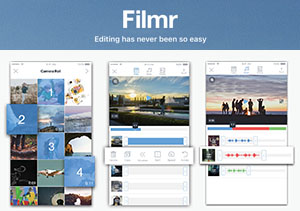Project Background
Our customer is a service and IT consultant for institutions and organizations conducting clinical trials and biomedical studies across America. Sibers was asked to develop a platform that combined the functionalities of medical data capture, biological samples, associated data storage and retrieval, and clinical trial management.
Solution
To date, this is the biggest undertaking Sibers has ever been involved with. It required 56,000 man-hours of development and 14 of our top ASP.NET engineers.
The system consists of eight applications. Each is able to work autonomously, and all feature user roles and rights. Here’s a list of their specific functions:
- Electronic Data Capture (EDC) and validation
- Trial Management, covering Serious Adverse Event (SAE), Protocol Exception and Protocol Violation
- Document Management, used for document flow related to clinical trials, and storage of all licensing and certificate information
- Supply Management, enabling purchase of wholesale medications and expendable materials
- Biorepository Management, ensuring storage and retrieval of sample data
- Statistics and Analysis, allowing visualization of study dynamics
- Intranet Portal, facilitating employee communication, news access and knowledge sharing
- Financial Module, for invoice planning and statistics about visits and procedures (gathered from the EDC)
The system’s core objective is to ensure collaboration between multiple institutions and to provide a sufficient number of samples and relevant medical data for statistically meaningful studies. The system supports barcodes, and enables ad hoc sample searches based on clinical and phenotypic information.
Tech highlights
- .NET Framework
- ASP.NET
- Ajax, DevExpress
- Microsoft SQL Server
- NHibernate
Results
Through the extensive research of solutions required for this project, Sibers expanded its knowledge of medical and pharmaceutical industry standards so greatly that our project team felt confident providing design advice on patient record data collection and Good Clinical Practice (an international standard) third-party compliance.
Separation of specimens and data, ensured by the system’s architecture, provides flexible association between the two. Even if a sample’s complete data set hasn’t been captured, specimens can still be registered and used — an extremely useful feature when studying rare diseases.
The finished platform is FDA-certified, complies with the Code of Federal Regulations (CFR), and is currently deployed in several hospitals and labs across the US.
Customer Says
Thanks to all the team! The last finalized and released module looked very good. We already can have the customer to start entering data for the trials, and then analyze the results. Thanks again for all your hard work. (April 2011)



